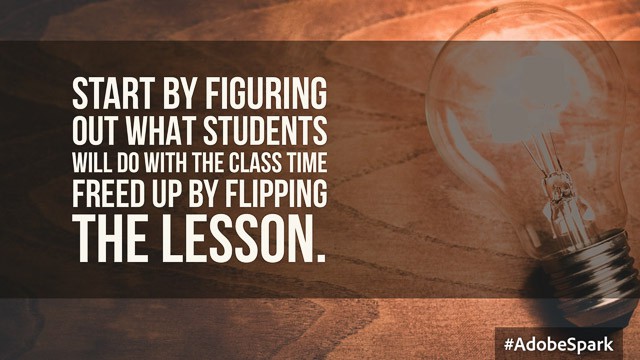Introduction
From Are We Innovating, or Just Digitizing Traditional Teaching?
“A few months ago, I noticed an increased amount of discussion around the notion of blended learning. Many of these conversations started on a similar note: “We’re blended—all of our teachers use Google Classroom.” However, in probing further, I often discovered that these tools had merely digitized existing content and classroom procedures.
Instead of filling an inbox on the teacher’s desk with packets and worksheets, students now completed the exact same procedures online. Rather than write homework assignments on the board, teachers posted them to the students’ digital news feeds. While blended learning brings with it the promise of innovation, there is the peril that it will perpetuate and replicate existing practices with newer, more expensive tools.”
Flipped and blended learning can easily fall victim to edtech’s fascination with faster. Better. Shinier. Instead, we will utilize our new skills in digital content creation to design a lesson that utilizes additional class time to foster greater student interaction.
Class overview
Class will begin with a brainstorm session where we consider how we can use flipped and blended resources to enhance classroom interactions. After pitching some ideas to one another, students will get down to developing an outline of how they could design an activity, lesson or unit. Those designs will be incorporated into a blog post due 3/23.
Note: Some class time will also be devoted to updating our critical thinking design project and previewing iBooks Author which will be used for showcasing our lesson.
Assignment
Next week (3/16) there’s no class because of break. Students have two assignment due when we return. (3/23)
- Be prepared to give a 5 min demonstration of your critical thinking lesson.
- Complete your flipped / blended model lesson as a blog post.
See my sample lesson blog post here
Flipped / blended model lesson should include the following elements. See sample completed assignment here.
- Learning objective – content and or skills students will know or be able to do by end of the lesson
- Digital resource(s) you’ll use for flipped / blended elements. Note: it’s not necessary to develop them – you can describe it.
- Active learning strategies employed with freed up class time (follow this link for lots of ideas)
- How the digital resource integrates into other instructional elements of lesson – what’s the flow of the lesson?
- Benefit for student content mastery, collaboration or learning workflow – why is it worth it flip / blend some of the content.

